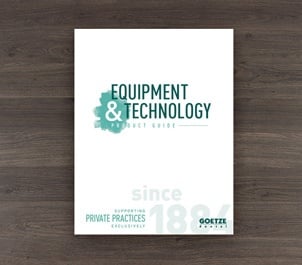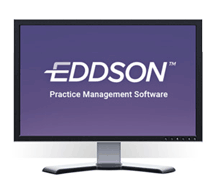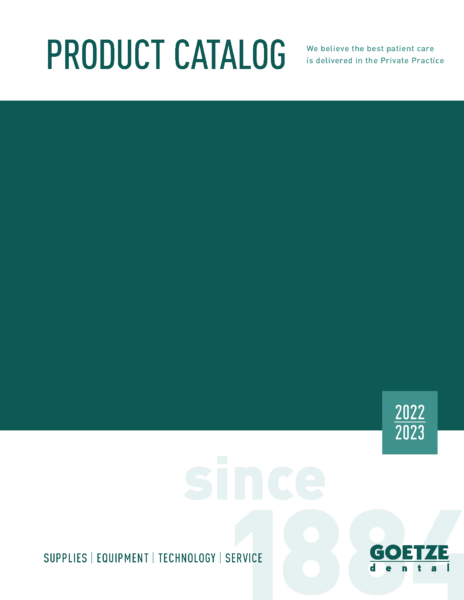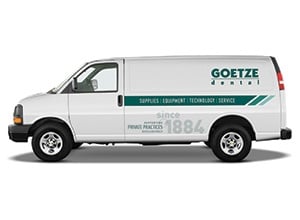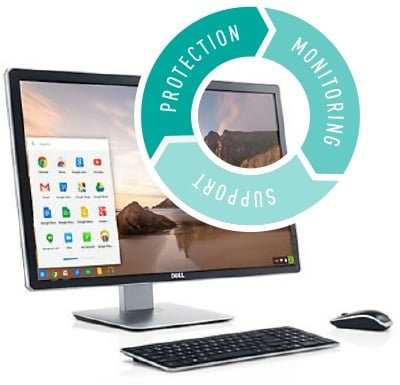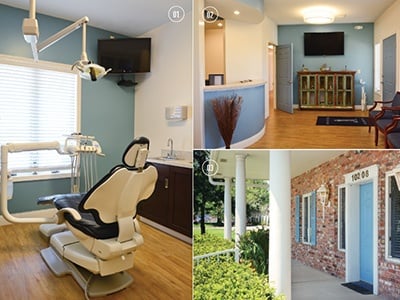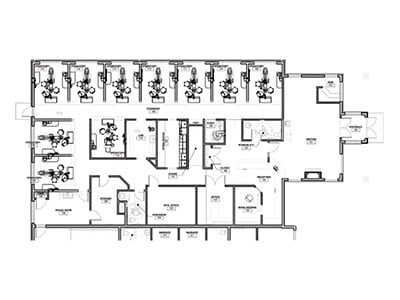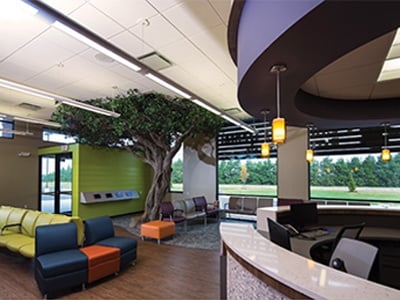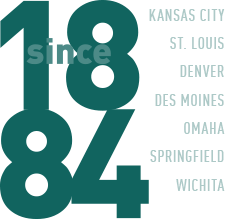The pandemic has brought change to many areas of the dental practice. With change comes the opportunity to explore new protocols, systems, and workflows. Some practices are looking to leverage technology to optimize the patient experience by expanding the scope of procedures offered, reducing the number of visits required and streamlining procedural times.
3D CBCT can play a significant role in achieving those goals, but with so many options on the market, it can be difficult to decide which manufacturer and model will be the best fit for your practice. In this article we’re going to share a few questions and thoughts to get you started or help you continue down your path to choosing a 3D CBCT.
Many dentists initially consider 3D when looking to implement implantology in their practice. And certainly, 3D imaging, working in conjunction with implant planning software provides a complete view of the bone and surgical site before you begin. From this, proper implant sizes can be determined, and surgical guides can be fabricated to consistently provide accurate placement. This has a profound impact on streamlining workflow and reducing procedure time.
But implants are just the tip of the iceberg when it comes to the impact that 3D can have on your patients and on your practice. Below are the top questions our equipment team asks every dentist who is evaluating CBCT.
-
What procedures would you like to add to your practice?
How would 3D CBCT enable that and how do you calculate the impact that would have on production?
Here are a few examples of procedures that are enhanced with the use of 3D:
- Implantology
- Endodontics
- Orthodontics
- Sleep and Airway
- TMJ Treatment
BONUS
- Enhanced diagnosis
- Wow factor with patients for improved case acceptance
2. What volumetric size would best support the scope of procedures you provide in the practice?
If you hope to use 3D primarily for single-site implants, you may not need a full volume. Have you entertained adding sleep treatment to your practice? If so, you might consider exploring a larger field of view to accommodate airway study.
Volumetric sizes (called Field of View, or FOV) range from 3x3 to 30x30 in some systems, providing tremendous flexibility in how you use your CBCT. If you’re at the stage of evaluating 3D systems with this level of detail, download our 3D Buyer’s Checklist to help compare your options side-by-side.
Having a range of FOV on your 3D can also help expand or limit the scope of your inquiry (and responsibility) and help increase or reduce radiation dosages as needed as well so that you can be confident your patients are getting the the top quality of care you deliver with the highest levels of safety.
3. How often do you refer a patient out to a specialist for a 3D? Are you taking 2D pans in your practice? If so, how often?
This is a fairly clear pathway to understanding the current imaging rhythm in your practice, and the number of patients accepting your recommendation for these diagnostic imaging protocols.
As an example, if you currently refer four patients per month to your specialist to take a 3D, and that specialist charges $300 per scan, that represents $1,200 you could retain and/or capture in your own practice. Some CBCT units allow you to switch back and forth between traditional 2D and full 3D volume, and even those systems that are exclusively 3D, you are able to export the scan.
Many practices find that they take more scans once they have a 3D on site, as it so profoundly impacts their diagnostic ability. The marginal cost of each additional rotation of the machine is $0, so if diagnostic or treatment outcomes will improve as a result, some dentists will opt to take an image at no charge.
If you can see more pathology more accurately, thanks to 3D CBCT, that should directly correlate to treatment that you recommend and complete.
3.5 How do I evaluate all of the bells and whistles, and which features are important in my practice?
I felt the need to add a final question here, as 3D CBCT is a significant investment in your practice, and you have a lot of options.
Options like 3D facial renderings that overlay the scan for a completely digital patient could be important if you plan to take Ortho to the next level. Jaw movement tracking features have a number of applications for restorative dentistry and TMJ treatment. CAD/CAM integration is increasingly utilized for implant planning and design and fabrication of surgical guides.
Other questions to consider are those surrounding training, warranty, upgrade pathways and serviceability. Once you have a broad picture of your goals using the questions above, an expert Goetze Dental Equipment Specialist can help you filter through the details and work collaboratively to pair you with the manufacturer and model that best fits your needs.
Want to explore a few of the options that we have available? Check out the Equipment Section on goetzedental.com here:
And if you’re ready to visit with a Goetze Dental Equipment Specialist, fill out the form below to schedule an introductory conversation either over video conference or in person, to learn how we can best help.

